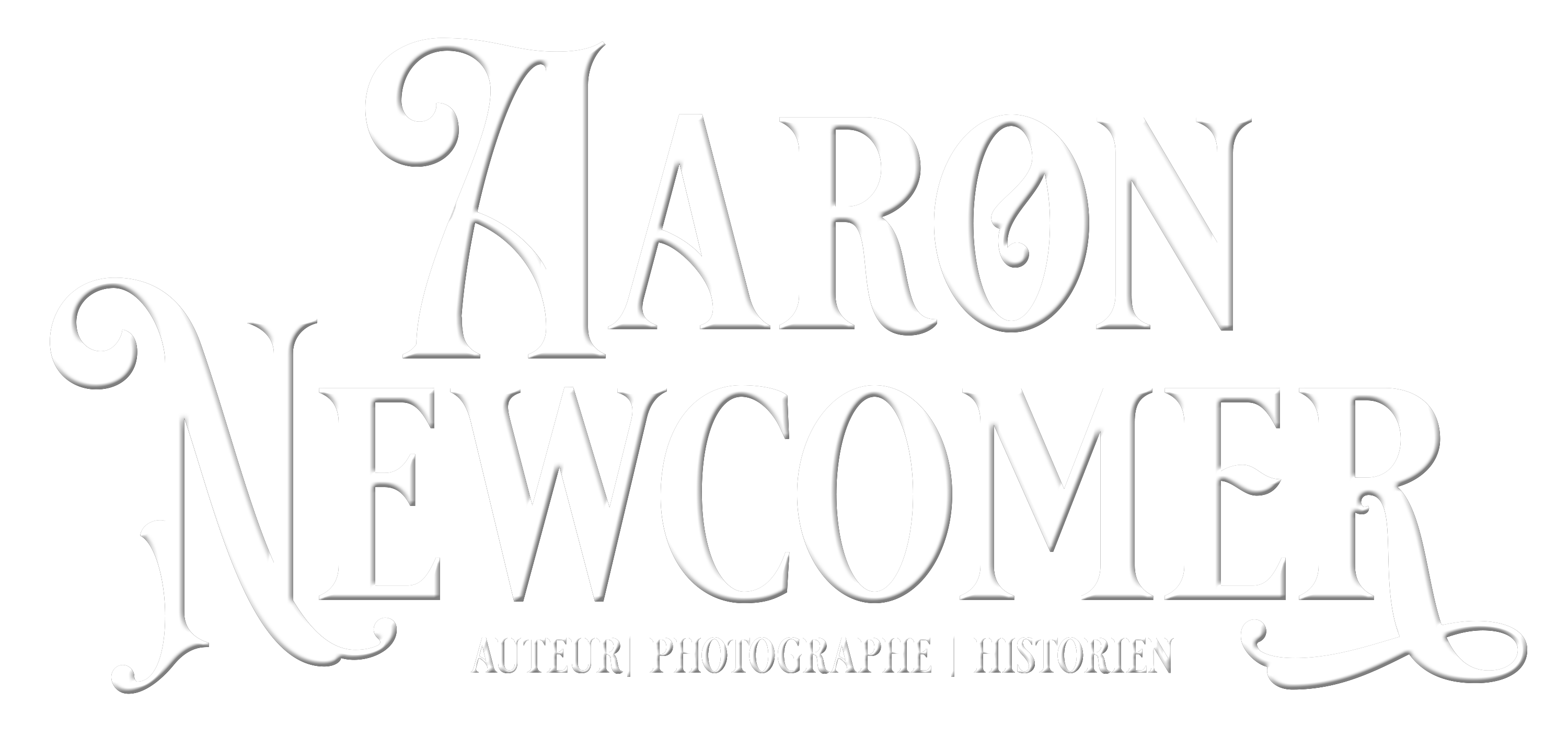Needlefire Cartridges by Antoine Alphonse Chassepot


I had the opportunity to photograph some of my friend’s collection of early needlefire cartridges.
Here are some examples that were made for the Chassepot rifle. The collection contains specimens with explosive tips, armor piercing bullets, blanks, and ball rounds with both paper and linen cases.
About the System
After seeing the effects of the Prussian Dreyse Needle Gun in combat, the French military recognized the need for such a weapon. The result was the Chassepot, which entered service in 1867.
The obviously impressive performance of the Dreyse Needle gun validated the French efforts to develop their own breechloading cartridge rifle, the Chassepot. The primary infantry weapon of the French Army during the Franco—Prussian War, the Chassepot was also a bolt action, breechloading weapon. Its introduction in 1866 marked the replacement of an assortment of muzzleloading rifles that continued to fire the venerable Minie ball.
Officially known as the Fusil Modele 1866, the Chassepot was popularly named for its inventor, Antoine Alphonse Chassepot, who had experimented with numerous breechloading designs prior to his greatest success. The 11mm (0.43in) Chassepot, like the Dreyse, fired a paper cartridge that was ignited by a needle-like firing pin. Its lead bullet was shaped like a rounded cylinder. During the Franco—Prussian War, the Chassepot was proven superior to the Dreyse with much greater range and a rate fire from eight to 15 rounds a minute.
More than a million Chassepot rifles were produced before it was withdrawn from service in 1874 in favour of the Gras rifle, which was quite similar in outward appearance to the Chassepot but utilized a metallic centerfire cartridge. The Chassepot was also purchased by the Tokugawa Shogunate of Japan.
Excerpt from:


 Bonjour, je m'appelle Aaron Newcomer. Je suis collectionneur et chercheur sur les systèmes d'armes à feu à chargement par la culasse du début du 19e siècle, avec un intérêt particulier pour les travaux de Jean Samuel Pauly et Casimir Lefaucheux. Je collectionne les cartouches et les documents liés à ces types d'armes à feu et je mène des recherches sur ces sujets, approfondissant ma compréhension et ma connaissance de ces armes historiques et leur place dans l'évolution de la technologie des armes à feu. Ma collection et mes recherches reflètent mon engagement à préserver et à comprendre l'histoire et les innovations techniques de ces systèmes d'armes à feu anciens.
Bonjour, je m'appelle Aaron Newcomer. Je suis collectionneur et chercheur sur les systèmes d'armes à feu à chargement par la culasse du début du 19e siècle, avec un intérêt particulier pour les travaux de Jean Samuel Pauly et Casimir Lefaucheux. Je collectionne les cartouches et les documents liés à ces types d'armes à feu et je mène des recherches sur ces sujets, approfondissant ma compréhension et ma connaissance de ces armes historiques et leur place dans l'évolution de la technologie des armes à feu. Ma collection et mes recherches reflètent mon engagement à préserver et à comprendre l'histoire et les innovations techniques de ces systèmes d'armes à feu anciens.





Hi! I have an chassepot carbine which I think has a nickel-plated barrel, and find it very nice. Anders in Sweden!